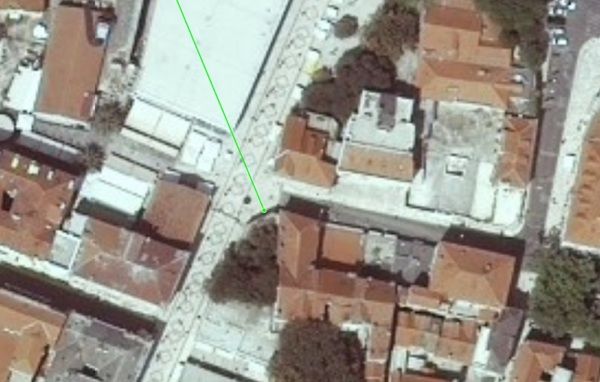Get to Know Dubrovnik's Fountains - Practical Beauty
Did you know that as European capitals like London bathed in their own filth, Dubrovnik had a fully functioning sewage system?
Sites in Split: Marmontova
Marmontova (Marmont’s Street) is today a popular pedestrian street leading north from Riva towards Trg Gaje Bulata, which is where the Croatian National Theatre is located. Other than housing glitzy shops, Marmontova bears historical significance too.
When Napoleon conquered Dalmatia in the early 19th century, his supervising General Auguste Marmont looked over infrastructural developments in Split. Marmont urbanized the city by bringing electricity to Split for the first time, tearing down unnecessary structures, and creating a more viable street grid. In honor of these improvements, the city has immortalized Marmont’s name by calling one of its most visited streets after him.
Along Marmontova you will find “Alliance Francaise,” a French culture and language center suitably located on a street named after a Frenchman. Previously, this location was a library and reading room founded in 1922.
Along the street is Split’s oldest pharmacy, “Varoš” from 1856, which is fitted with furniture from an even older Italian pharmacy. Wooden cabinets are from the time of the Renaissance and various neo- Renaissance decorations and figurines, notably Galen (the Greek physician) and Aesculapius (the God of doctors in Roman mythology) are still found in the space today; a cute little stop for medical dorks.
For the artsy crowd, there is an ever-changing photography exhibition at Galerija Fotoklub Split housed in a beautiful Secession style palace “Duplančić”, and another little gallery on the street often displays quirky art by local artists. Just off Marmontova is Split oldest cinema, Karaman, from 1907.
Most popular is the Fish Market (Ribarnica, or Peškarija in dialect), known as the “belly button of Marmontova” and a monument of the city where locals come early to buy the best the Adriatic has to offer. It is housed in a Secession style building with ironworks and white stone slabs displaying the freshest catch. As the city has grown, so has the market, now taking up some outdoor space as well. Visitors will be surprised to notice that the market is not bothered by flies; this is due to the smell of the nearby sulfur springs.

Along the street is the public Split Spa facility housed in a great Art Nouveau building by local architect Kamilo Tončić, recognized by its captivating sculptures of topless women on its façade.

Curiosity will catch your eye as you spot the peculiar Pirja Fountain, a funnel-like sculpture on the ground and a fisted hand on the wall above where water aims into the funnel. The fisted hand shows the thumb protruding between the index finger and middle finger, showcasing a typical hand sign from Split, šipak, with a versatile definition of up yours, whatever, or nothing. Unfortunately, the fountain has not been in use much as the water splashes onto pedestrians. Ironically, the šipak faces directly to Zagreb; a coincidence perhaps?

image by croatiaholidayshr.com
Below maps show that the šipak is facing Zagreb


At the top of Marmontova is the square of Trg Gaje Bulata where you will find one of the best examples of modernist church architecture in “Gospe od Zdravlja” covering a still-preserved 17th century Franciscan monastery bell tower. Dominating the square is the bright Croatian National Theater of Split built in 1893, considered one of the biggest and oldest theater houses in the Mediterranean.

image by skyscrapercity.com
There are many branded shops along Marmontova, including Bershka, Paul&Shark, Tommy Hilfiger, Zara, Benetton, O'Neill, designer eyewear in Optika Anda and a full optical service in Salmoiraghi & Vigano.

